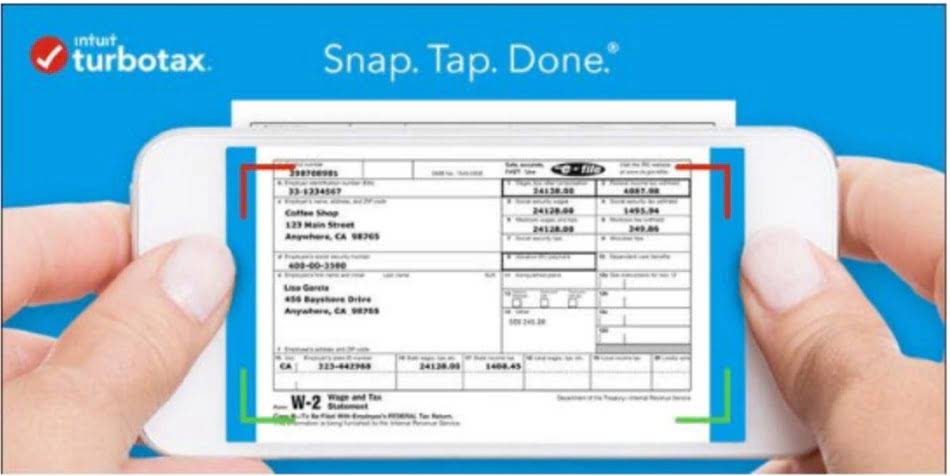
He has been the CFO or controller of both small and medium sized companies and has run small businesses of his own. He has been a manager and an auditor with Deloitte, a big 4 accountancy firm, and holds a degree from Loughborough University. The entry effectively increases the cost of what is lifo reserve goods sold, as under the LIFO method the most recent (and therefore higher cost) items sell first.
Internal LIFOCalculation Method
Many countries do not permit the use of LIFO, complicating the financial representation of businesses operating in those jurisdictions. This limitation can pose difficulties for multinational companies aiming bookkeeping for uniformity in financial reporting. Choosing between LIFO and FIFO can decisively influence a company’s financial profile.
Inventory Value
The LIFO method, on the other hand, is the Last in Last Out technique used to take inventory. This method records a high cost of goods and a low amount of profit made, thus reducing the amount of taxable income. Most companies tend to lean towards using LIFO because it uses their Accounting for Churches latest inventory to calculate the cost of sold goods. In an inflating economy, this makes the cost of goods sold appear higher than it is. Making the cost of goods sold high reduces the recorded amount of profit along with taxable income. The lifo reserve is not just an accounting figure; it’s a strategic tool that, when understood and used correctly, can provide a competitive edge in financial decision-making.

Understanding LIFO Reserve
- As stated, one of the benefits of the LIFO reserve is to allow investors and analysts to compare companies that use different accounting methods, equally.
- Company ABC used the LIFO method, whereas another competitor company used the FIFO method for inventory valuation.
- It also shows the difference between the two LIFO and FIFO that FIFO represents accurate profits as the older inventory tells the actual cost.
- The LIFO reserve is particularly important in periods of inflation, where it can lead to a lower taxable income and thus, lower taxes for the company.
- On the other hand, a low LIFO reserve indicates that a company is using FIFO to maximize its tax liability.
The LIFO Reserve has a significant impact on a company’s debt to equity ratio. Adjusting for the LIFO Reserve can provide a more accurate picture of a company’s financial leverage and risk. The best option for adjusting the debt to equity ratio for the LIFO Reserve depends on industry and company-specific factors, but adding back the LIFO Reserve to equity is the most widely used and accepted method. When comparing current ratios, it is important to consider the industry average. This is because different industries have different levels of liquidity requirements. For example, a retail company may have a higher current ratio than a manufacturing company because retail companies have a higher level of inventory.
- By matching current expenses to current revenue, businesses can see how rising costs impact profitability in real time and allow them to make more informed decisions.
- Look for software that tracks inventory layers and integrates seamlessly with your financial systems.
- The lifo reserve is the difference between the cost of inventory calculated using the LIFO method and the fifo (First-In, First-Out) method.
- The first advantage is that it allows companies to minimize their tax liability.
- For companies dealing with products that become obsolete quickly (like technology items), LIFO can help mitigate the financial impact of obsolescence.
- Critics argue that LIFO can lead to an unrealistic representation of a company’s assets, particularly during periods of inflation.
Lowering Carrying Costs Associated with Investments In Inventory

LIFO reserve is an important reserve that provides insights into a company’s tax strategy. A high LIFO reserve indicates that a company is using LIFO to minimize its tax liability. This is important for investors because it indicates that the company is taking advantage of tax benefits. On the other hand, a low LIFO reserve indicates that a company is using FIFO to maximize its tax liability. This is important for investors because it indicates that the company is not taking advantage of tax benefits.
- By raising the cost, less taxable income is reported on the income statement; thus, the overall tax expense is also reduced.
- Understanding this reserve is essential for analysts as it provides insights into a company’s inventory management, profitability, and tax liabilities.
- Most countries have prohibited the use of this accounting technique except under very special circumstances.
- This “LIFO liquidation” can lead to sudden increases in reported profit, which may not accurately reflect current business performance.
- The LIFO reserve quantifies the difference between inventory reported under LIFO and what it would be under FIFO.
- FIFO values inventory using older costs, typically resulting in higher profits and taxes.
The purpose of the LIFO reserve, also known as the “LIFO allowance,” is to bridge the gap between the LIFO (Last In, First Out) and FIFO (First In, First Out) inventory accounting methods. Different companies prefer to use different inventory accounting methods based on their specific operational and financial circumstances. In periods of rising prices, constant increases in costs can create a credit balance in the LIFO reserve, which results in reduced inventory costs when reported on the balance sheet. The calculation and management of the LIFO reserve require a solid grasp of inventory accounting and market conditions. The presence of inflation and fluctuations in material costs must be considered when assessing the LIFO reserve’s implications on financial results. Understanding these dynamics is crucial for businesses, especially those in industries where inventory turnover is high and prices are volatile.
- In a periodic system, the ending inventory is calculated at specific intervals (e.g., monthly or annually).
- FIFO method better approximates the flow of cost of goods sold, so we will calculate the inventory turnover ratios by converting Company B inventories and cost of good sold to equivalent FIFO basis.
- From an accounting perspective, the LIFO reserve is the difference between the cost of inventory calculated using the LIFO method and the FIFO (First-In, First-Out) method.
- Ultimately, understanding LIFO and its implications is essential for financial professionals, business owners, and students of accounting.
- Since the most recent costs are expensed first under LIFO, COGS is lower compared to other methods like FIFO.
A Guide for Financial Analysts

The LIFO reserve is an account used to bridge the gap between the FIFO and LIFO methods of inventory valuation. The reserve helps to outline the many differences between the two methods and shows how each method would affect the company’s COGS (Cost of Goods Sold) in different situations. The LIFO reserve is a double-edged sword that can both enhance and diminish a company’s profitability. It’s a strategic tool that requires careful consideration and management to ensure that its effects align with the company’s long-term financial goals. Financial analysts must thoroughly understand and adjust for the LIFO reserve to accurately assess a company’s performance and potential. From an operational standpoint, the use of LIFO can be a strategic tool for managing cash flow.

